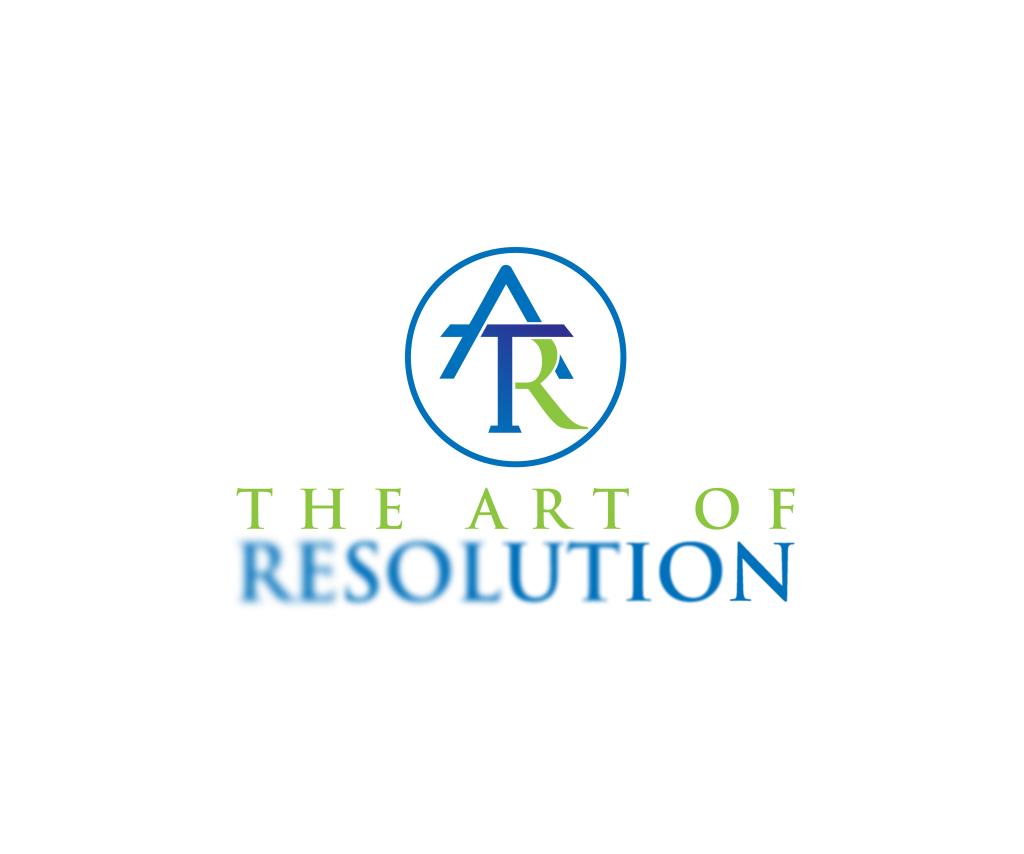by Andrew Flake
An expensive piece of business litigation, particularly in the IP world and with companies interacting on an ongoing basis, always provides us some useful reflection. In our last post, we looked at a protracted piece of litigation between two national garage-door companies, D.H. Pace Co. v. OGD Equip. Co., LLC, using the dispute to draw out some guiding principles for how we think about settlement.
And this week, with the usual caveat about the clarity of hindsight, I want to use the D.H. Pace option, to help think through some practical aspects of those principles we can ourselves employ.
To begin with, was the dispute necessary? Could it have been avoided, tamped down, or narrowed in some fashion, perhaps, with an early settlement meeting? An ideal point would have been after counsel had exchanged dueling demand letters about the trademark, and perhaps even after the first one. Each competitive relationship is different, but sometimes, even before calling litigation counsel, in-house counsel can call her counterpart at the competitor and have a constructive discussion.
That may have happened here, of course, but we don’t know; what we do know is that a “race to the courthouse” began, and federal trademark litigation kicked off. Two years later, the original parties settled.
Next, could the original settlement agreement have been more specific about the kinds of later disputes that might arise? In their releases, the parties covered their own disputes, but did not fully address the issue of their licensees, the companies who had permission to use their trademarks. We don’t have enough information to know for sure, but we can say this: In crafting a settlement, taking time to ask what the future relationships look like, not only among or between the parties, but in the marketplace, is time extremely well-spent.
It is challenging in the context of an intensive negotiation, particularly, say, at the end of a long day of mediation. And sometimes there may be good reason to frame provisions of a settlement more narrowly, and leave certain future-oriented aspects open. But where possible, we want to make sure that decision is deliberative, taken after some discussion and reflection between counsel and client.
Questions are the key here. For example:
- What could happen down the road between these companies?
- What disputes might still arise?
- Are there third-parties who could be impacted?
- What changes are expected or foreseeable in the marketplace?
- How will we resolve disputes, and where?
- Can disputes be headed off in some fashion? I’ve written about the value of clauses that provide for staged or tiered dispute resolution, moving from the informal first — negotiations and discussions among the principles — to the formal only when necessary.
- If there must be litigation, could our dispute-resolution clause permit some information exchange?
- Would arbitration make sense?
These are examples, and the facts of your own case will generate more. Relatedly, once you conclude a case, take time for your own processing and thinking, with an eye to any new issues or lessons for the next case.
The case is D.H. Pace Co. v. OGD Equip. Co., LLC, No. 22-10985 (11th Cir. Aug. 22, 2023) (Branch, J.)
